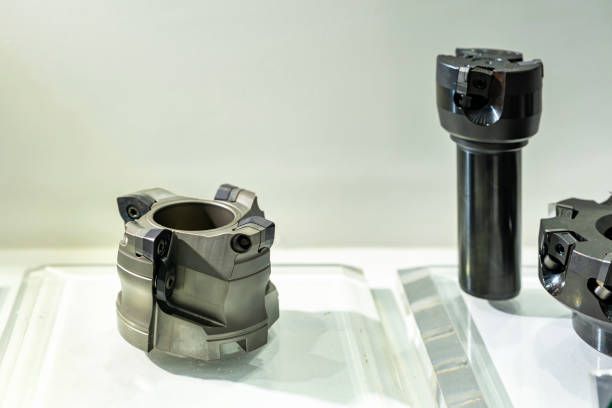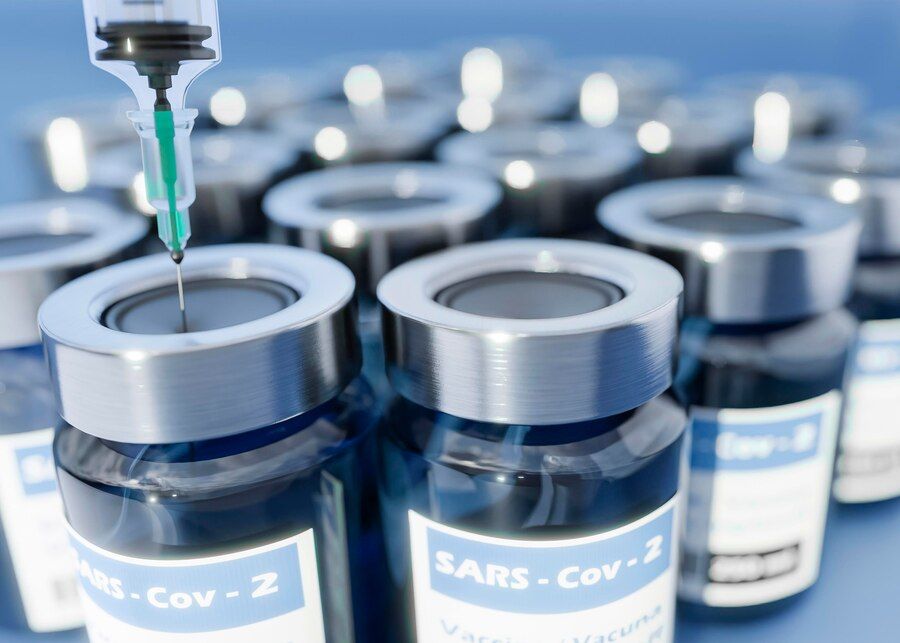Unlock your product's potential with our One-stop solutions!
+86-755-83222882

GET QUOTE
What is the Difference Between Overmolding and Insert Molding?
In the realm of plastic manufacturing, two techniques often stand out due to their versatility and wide range of applications: overmolding and insert molding. These methods are crucial in creating multi-material components and enhancing product functionalities. But what exactly are overmolding and insert molding, and how do they differ? This blog aims to demystify these processes, highlighting their unique benefits and applications, while ensuring a deep understanding of their differences.
Understanding Overmolding
Overmolding is a sophisticated injection molding technique that involves molding two or more materials together to create a single, cohesive product. The process begins with the formation of a base layer or substrate, over which additional material layers are subsequently molded. The core objective of overmolding is to amalgamate diverse materials, resulting in a product with superior features and enhanced functionalities.
Benefits of Overmolding
Enhanced Grip and Comfort
Overmolding is frequently employed to add a soft, ergonomic surface to products such as tools, medical devices, and consumer electronics. This soft layer, typically made from thermoplastic elastomers (TPE), significantly improves grip and user comfort.
Improved Durability
By merging rigid and flexible materials, overmolding enhances the durability and impact resistance of a product, making it more robust and long-lasting.
Aesthetic Appeal
The overmolding process allows for the combination of various colors and textures, thereby enhancing the visual appeal and design versatility of the product.
Water and Chemical Resistance
Incorporating a protective overmold can bolster the product's resistance to water, chemicals, and other environmental factors, increasing its longevity and reliability.
Applications of Overmolding
Overmolding is extensively utilized across multiple industries due to its ability to boost product functionality and aesthetics. Common applications include:
- Medical Devices: Creating ergonomic grips on surgical instruments.
- Consumer Electronics: Adding soft-touch grips to gadgets for improved usability.
- Automotive Parts: Producing multi-material components that offer enhanced performance and durability.
- Tools and Equipment: Enhancing handle grips on hand tools to improve user comfort and control.
Exploring Insert Molding
Insert molding is a technique that involves embedding a pre-formed insert into a plastic component during the molding process. This insert, which can be made from metal, plastic, or other materials, is positioned in the mold cavity before the plastic is injected. As the molten plastic flows around the insert and cools, it forms a single, cohesive piece.
Benefits of Insert Molding
Strength and Reinforcement
Insert molding is perfect for enhancing the strength of plastic parts by incorporating metal inserts, which is essential for applications that demand high structural integrity.
Reduced Assembly Time
By combining multiple components into one molding process, insert molding eliminates the need for additional assembly steps post-molding, thereby saving time and labor costs.
Enhanced Product Functionality
This process enables the creation of complex parts with integrated features such as threaded inserts, electrical connectors, and mounting brackets, increasing the product's functionality.
Material Versatility
Insert molding supports a diverse range of insert materials, including metals, ceramics, and other plastics, making it a highly adaptable manufacturing method.
Applications of Insert Molding
Insert molding is widely used in various industries where the integration of different materials into a single, unified part is crucial. Typical applications include:
- Automotive: Manufacturing parts with metal reinforcement to enhance durability.
- Electronics: Encapsulating electronic components within a protective plastic shell.
- Medical Devices: Creating parts with embedded metal or ceramic components for added strength and functionality.
- Consumer Products: Producing items with integrated features such as screw threads and electrical contacts.
Key Differences Between Overmolding and Insert Molding
While overmolding and insert molding share the concept of combining multiple materials, they differ significantly in their processes and applications.
Process
Overmolding
Overmolding involves molding a second layer of material over an existing part. This is a two-step process where the base layer is molded first, followed by the overmold.
Insert Molding
Insert molding entails placing a pre-formed insert into the mold cavity before injecting the plastic. It typically is a single-step process where the insert and plastic are molded simultaneously.
Material Integration
Overmolding
Overmolding primarily focuses on creating multi-material surfaces, combining different plastics or rubber-like materials to enhance aesthetics and functionality.
Insert Molding
Insert molding aims at encapsulating solid inserts (metal, plastic, or ceramic) within the plastic part, thereby enhancing strength and integrating additional features.
Applications
Overmolding
Overmolding is ideal for products that require soft-touch surfaces, ergonomic enhancements, and multi-material designs.
Insert Molding
Insert molding is best suited for parts that need structural reinforcement, integrated components, and reduced assembly steps.
Complexity and Cost
Overmolding
Overmolding generally involves more complex mold designs and multiple molding steps, which can potentially increase production costs.
Insert Molding
Insert molding can reduce overall manufacturing complexity by combining multiple components in a single molding process, often resulting in cost savings.
Choosing the Right Technique
When deciding between overmolding and insert molding, several factors must be considered, including the desired product properties, production volume, and cost constraints.
Considerations for Overmolding
Product Aesthetics
If the product requires a visually appealing design with multiple colors or textures, overmolding is the better choice.
User Comfort
For items needing a soft-touch surface or ergonomic design, overmolding is ideal.
Enhanced Protection
Products that require additional layers for water or chemical resistance benefit from overmolding.
Considerations for Insert Molding
Structural Integrity
Parts that need enhanced strength through metal or ceramic reinforcement are best suited for insert molding.
Integrated Features
If the design requires embedded components like threaded inserts or electrical connectors, insert molding is the optimal choice.
Cost Efficiency
For high-volume production where reducing assembly time and costs is crucial, insert molding offers significant advantages.
Conclusion
Understanding the differences between overmolding and insert molding is crucial for selecting the right manufacturing process for your specific needs. Choosing between these two techniques depends on the desired product properties, production volume, and budget constraints. Whether you need the durability and reinforcement provided by insert molding or the enhanced functionality and comfort offered by overmolding, understanding these processes will help you make an informed decision.
At SZOMK, we specialize in injection molding services. Our advanced injection molding technology and experienced team ensure that we can meet your precise specifications and deliver high-quality products. With a focus on innovation and customer satisfaction, SZOMK is your trusted partner for all your injection molding needs. Partner with SZOMK and experience excellence in injection molding.


